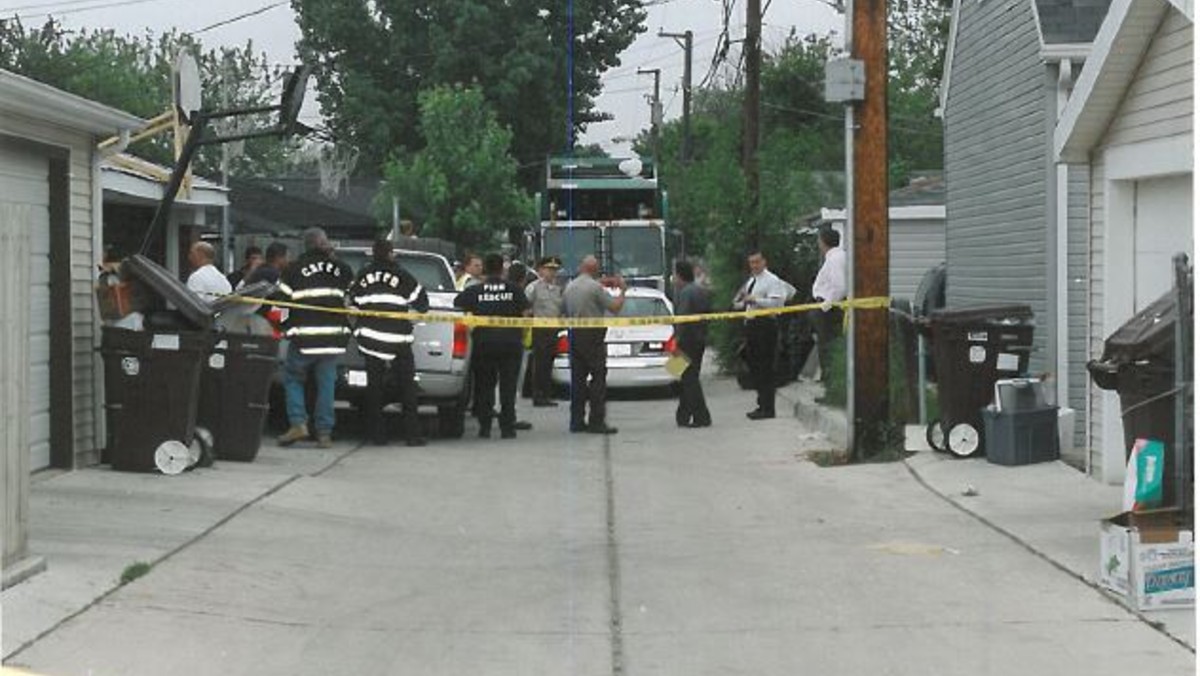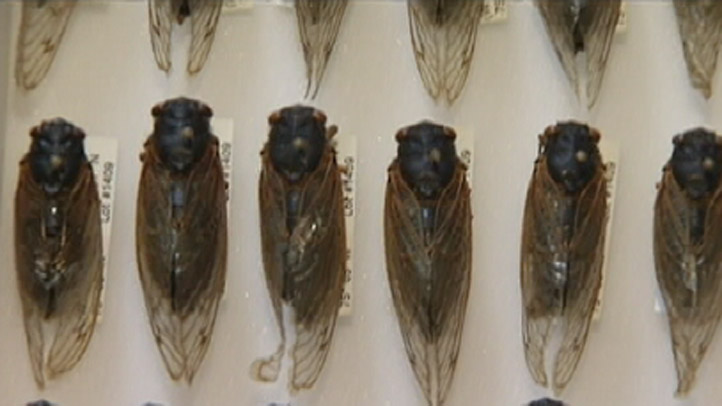If you've been exposed to someone with COVID and are watching for symptoms, how can you tell if you've been infected?
And what are some of the first signs of an infection?
Many are asking these questions as omicron cases surge nationwide and as the Centers for Disease Control and Prevention update their quarantine and isolation guidelines, which now differ depending on whether or not you have a symptomatic infection.
Here's what we know so far.
What are some of the first symptoms with omicron?
Sore throat continues to be a symptom reported, particularly in mild breakthrough infections, Chicago Department of Public Health Commissioner Dr. Allison Arwady previously stated.
"Especially in people who we're seeing these more mild breakthrough infections, we are definitely seeing sore throat be a predictor in that group," Arwady said.
Local
She repeated earlier calls for people who have any flu- or cold-like symptoms to assume they have COVID "until proven otherwise."
"Even if it's a sore throat, no matter what it is," she said. "I've told my own staff this, it's what I do myself... if you are sick, even a little bit sick, stay home. More true than ever right now because sick, even a little bit sick, until proven otherwise with a test - that's COVID. That's how we treat it, that's how you should treat it."
Feeling out of the loop? We'll catch you up on the Chicago news you need to know. Sign up for the weekly Chicago Catch-Up newsletter here.
What are the other symptoms to watch for after COVID exposure?
With some omicron cases, particularly breakthrough infections in those who are boosted and vaccinated, remaining mild, many are wondering how to tell if it's a cold, the flu or COVID-19.
Arwady said that now, those who are fully vaccinated aren't necessarily getting "seriously ill and having fevers for days and difficult breathing," but are instead experiencing a more mild illness.
"They may only feel like they have a cold," she said. "That's good because they're not getting seriously sick, they're not threatening the healthcare system, but it's certainly of some concern because they do have the potential to transmit to others."
Those who are unvaccinated, however, are experiencing similar symptoms to early on in the pandemic, Arwady said.
Arwady's comments echo those of other medical experts who are watching omicron cases.
Dr. Katherine Poehling, an infectious disease specialist and member of the Advisory Committee on Immunization Practices, told NBC News that a cough, congestion, runny nose and fatigue appear to be prominent symptoms with the omicron variant. But unlike delta, many patients are not losing their taste or smell.
The evidence so far, according to Poehling, is anecdotal and not based on scientific research. She noted also that these symptoms may only reflect certain populations.
Still, CDC data showed the most common symptoms so far are cough, fatigue, congestion and a runny nose.
Overall, the symptoms for COVID reported by the CDC include:
- Fever or chills
- Cough
- Shortness of breath or difficulty breathing
- Fatigue
- Muscle or body aches
- Headache
- New loss of taste or smell
- Sore throat
- Congestion or runny nose
- Nausea or vomiting
- Diarrhea
The CDC also has what it calls a "coronavirus self checker" that allows people to answer a series of questions to determine if they should seek medical care.
"The Coronavirus Self-Checker is an interactive clinical assessment tool that will assist individuals ages 13 and older, and parents and caregivers of children ages 2 to 12 on deciding when to seek testing or medical care if they suspect they or someone they know has contracted COVID-19 or has come into close contact with someone who has COVID-19," the CDC's website reads.
When might COVID symptoms appear?
According to earlier CDC guidance, COVID symptoms can appear anywhere from two to 14 days after someone is exposed to the virus.
Anyone exhibiting symptoms should get tested for COVID-19.
Some people may never experience symptoms, though they can still spread the virus.
A person is also considered contagious before symptoms appear.
When are people with COVID most contagious?
The CDC says that its guidelines were updated to reflect growing evidence that suggests transmission of COVID-19 often occurs one to two days before the onset of symptoms and during the two to three days afterward.
"This has to do with data from the CDC that really showed after seven days there's virtually no risk of transmission at this point," Arwady said. "And in that five-to-seven-day window, you know, there's some depending on whether people have been vaccinated, underlying conditions, etc., but the risk drops a lot and the feeling is that in the general population, combined with masking, etc. the risk really is very low."
For those without symptoms, CDC guidance states they are considered contagious at least two days before their positive test.
When should you call a doctor?
The CDC urges those who have or may have COVID-19 to watch for emergency warning signs and seek medical care immediately if they experience symptoms including:
- Trouble breathing
- Persistent pain or pressure in the chest
- New confusion
- Inability to wake or stay awake
- Pale, gray, or blue-colored skin, lips, or nail beds, depending on skin tone
"This list is not all possible symptoms," the CDC states. "Please call your medical provider for any other symptoms that are severe or concerning to you."
You can also notify the operator that you believe you or someone you are caring for has COVID.
How long after COVID exposure could you test positive?
According to the CDC, the incubation period for COVID is between two and 14 days, though the newest guidance from the agency suggests a quarantine of five days for those who are not boosted, but eligible or unvaccinated. Those looking to get tested after exposure should do so five days after the exposure or if they begin experiencing, the CDC recommends.
Those who are boosted and vaccinated, or those who are fully vaccinated and not yet eligible for a booster shot, do not need to quarantine, but should wear masks for 10 days and also get tested five days after the exposure, unless they are experiencing symptoms.
Still, for those who are vaccinated and boosted but are still looking to be cautious, Arwady said an additional test at seven days could help.
"If you're taking multiple at home tests, you know, the recommendation is five days later take a test. But if you have taken one at five and it's negative and you're feeling good, chances are very good that you're not going to have any more issues there," she said. "I think if you're being extra careful there, if you wanted to test again, you know, at seven even, sometimes people look at three to get an earlier sense of things. But if you're gonna do it once do it in five and I feel good about that."
Arwady said testing is likely not necessary after seven days following exposure for those who are vaccinated and boosted.
"If you had an exposure, you're vaccinated and boosted, I don't think that there is any need to be testing, frankly, past about seven days," she said. "If you want to be extra careful, you can do it at 10, but just with what we're seeing, I would consider you really in the clear. If you're not vaccinated or boosted, I certainly have a much higher concern that you could get infected. Definitely, ideally, you'd be seeking out that test at five and I would do it again, you know, at the seven, potentially at that 10."



